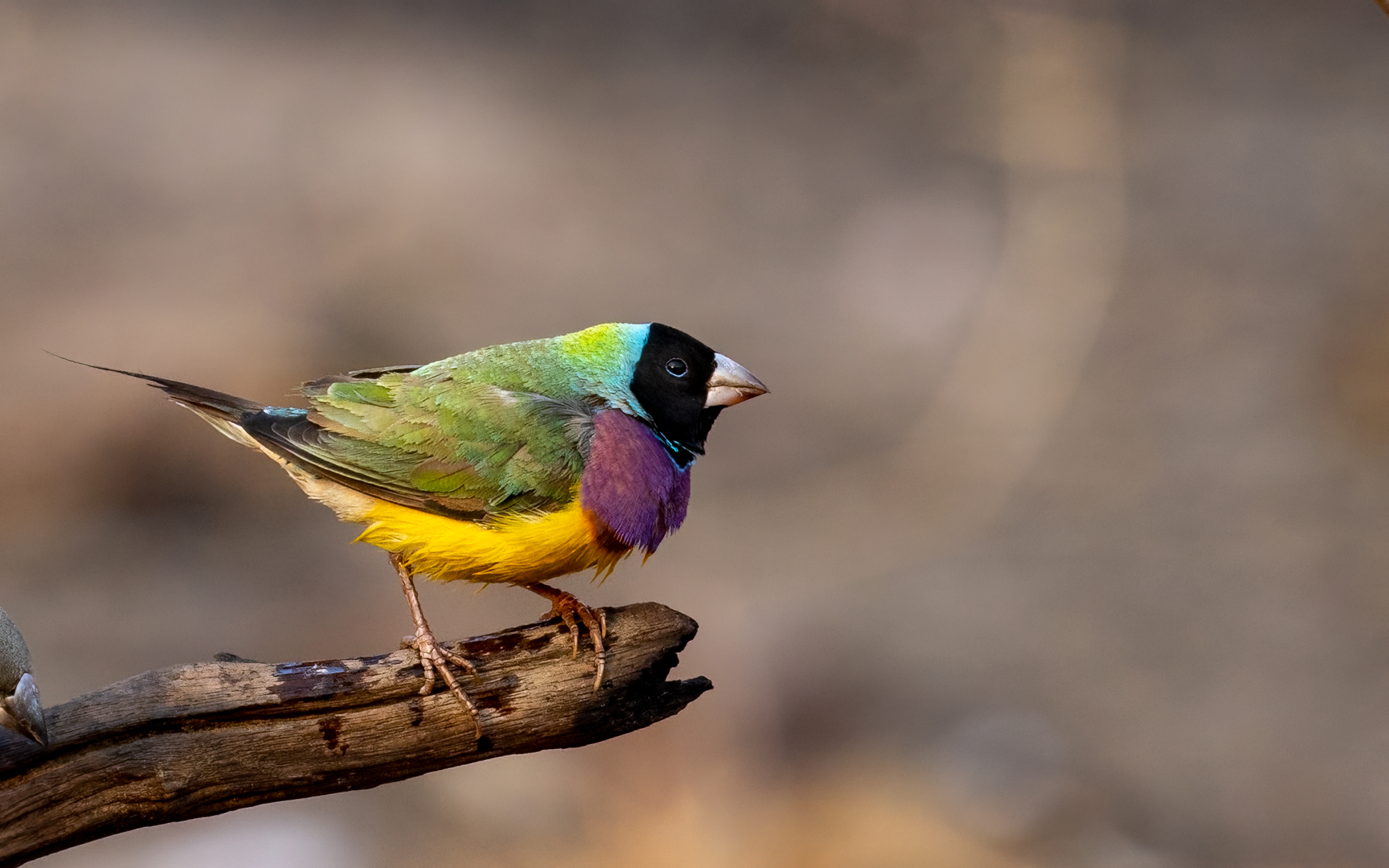| Common name | Coconut crab |
| Scientific name | Birgus latro |
| Type | Marine |
| Diet | Fallen fruit, seeds, carrion |
| Average lifespan | More than 50 years |
| Size | Males grow to a length of 1m leg tip to leg tip and a weight of more than 4kg, females are smaller |
This huge land-living hermit crab is the planet’s biggest terrestrial form of arthropod – the group of animals that make up three-quarters of animal species and includes insects, spiders and crustaceans.
When young, coconut crabs move into, and get round in, the discarded shells of molluscs such as snails and even coconuts. But, as they reach maturity, their own outer covering eventually becomes hard enough for protection on its own – and the crabs become too large anyway for any discarded shells.
Coconut crabs live on islands and coastal mainlands through the southwest Pacific and Indian oceans, but the largest remaining population is on Christmas Island – an offshore territory of Australia, in the Indian Ocean.
Coconut crabs are usually coloured dark blue although some also have red tinges, which make them appear almost purple. They have two massive front claws, so powerful they can open coconuts and lift objects as heavy as 30kg. Despite these impressive capabilities they eat mostly fruit and nuts (including coconuts, from which they get their common name) and scavenge on the bodies of dead animals. They have, however, also been reported to eat turtle hatchlings if they catch them.
As a group, most crabs live either in water or are unable to survive far from it. But adult coconut crabs, which will drown if they’re submerged in water, can be found as far as 6km inland, where they burrow into sand or soil, hiding by day and emerging at night to find food. They are skilled at climbing trees as high as 10m tall from which they get down by dropping as far as 4m without harming themselves.
Coconut crabs can’t survive entirely without the sea. They mate on land and females will carry fertilised eggs around for several months before eventually releasing them into the ocean at high tide in late spring. There they hatch and float as larval crabs in currents for a few weeks before settling on the sea floor as juvenile crabs. There, after a few more weeks, they lose the ability to breathe underwater and must move to land to survive as adults.








